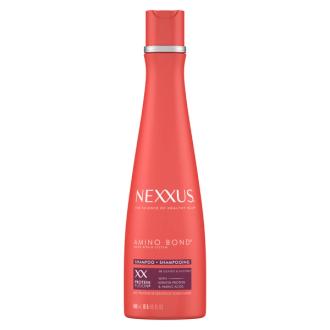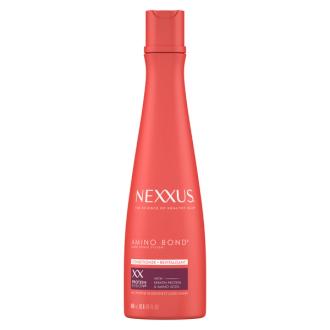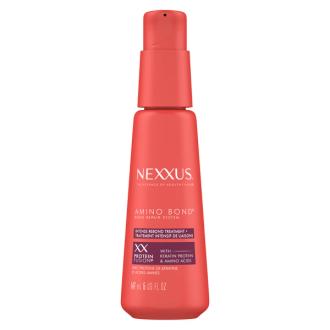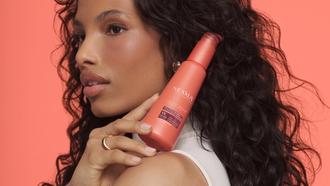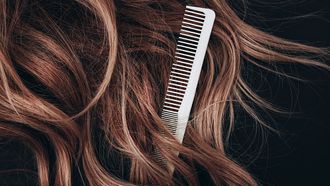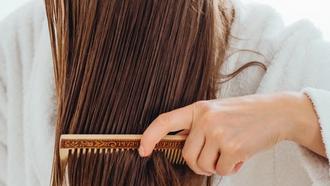How to tell if your hair needs bond-building treatment

Your hair is sending out constant SOS signals – you just need to learn how to read the signs. Here’s why frizz, dryness and even dull color could all do with a dose of amino acid haircare…
Split ends
This is when one hair strand is split into two at the tip. Split ends are very common, as the ends of your hair are the oldest and more damaged, making them brittle and more prone to visible fraying.
How bonding helps split ends
If heat styling is a daily or weekly occurrence, or if you chemically color your hair or expose it to extreme weather, frayed tips are a likely concern for you. Alongside other lifestyle tweaks such as sleeping on a silk pillowcase, using a heat protectant when styling and investing in a gentle boar-bristle brush, our NEW Amino Bond range, featuring Shampoo, Conditioner and Intense Rebond Treatment, re-builds the hair from within, thanks to a PROTEINFUSION blend of five amino acids and keratin protein. By strengthening the internal bonds that provide elasticity, and replenishing the strand’s protective outer layer, the appearance of existing split ends is reduced, with future splits prevented.
Dry and frizzy
Dry and frizzy hair has a coarse texture that lacks moisture, with impossible-to-tame flyaways.
How bonding helps dryness and frizz
Does frizzy hair need protein or moisture? The answer is, both. While some hair types are more prone to flyaways, the extreme heat radiated by your hairdryer or straighteners has a lot to answer for. Heat and repetitive friction strip away the outer cuticle, zapping strands of moisture and affecting its ability to resist and retain water. Try taking a styling break, and when you do reach for your heat stylers, use a good heat protectant, such as our Prep & Protect Leave-In Spray.
Thirsty hair seeks out moisture in the air, which explains that recurring halo of hair we call frizz. Try increasing the moisture you reintroduce through your haircare to treat this. In addition to Nexxus’ unique PROTEINFUSION blends, every formula is now infused with a NEW H4 COMPLEX, packed with moisturizing ingredients that create a micro-barrier around the outer cuticle, sealing in weightless moisture and natural shine.
Styling resistance
Stiff, brittle hair with reduced flexibility is both hard to style and loses its style quickly.
How bonding helps with styling
Fact: healthy hair moves differently to damaged hair. If you’ve ever seen a keratin treatment before and after, you’ll notice how the hair has less natural movement before. Check out Before and after: what to expect when you start using bond building hair care. With this stiffness and loss of flexibility, comes difficulty styling. But by regenerating broken bonds with amino acids, the building blocks of keratin, hair is easier to style due to the new healthy and malleable nature of each strand.
Dull color
Damage can make hair feel faded or “off” color. And with damage, brassiness often follows.
How bonding helps color
All chemically colored hair will fade eventually, with lightened hair leaning towards a brassier tone as the warmer pigment creeps back in. You may already use a color-maintaining keratin shampoo and conditioner, such as our Color Assure range. But damaged hair loses its salon-fresh color a lot quicker thanks to a compromised cuticle. Not only is it unable to keep hold of essential protein and moisture, but also the color you’ve just paid a lot of money for. By reinforcing the cuticle's resilience with bond-building products, color stays put for longer.
